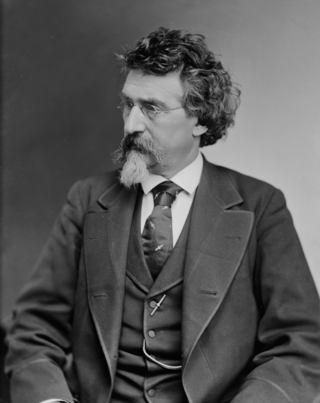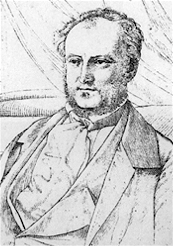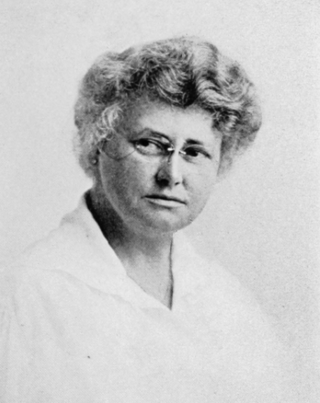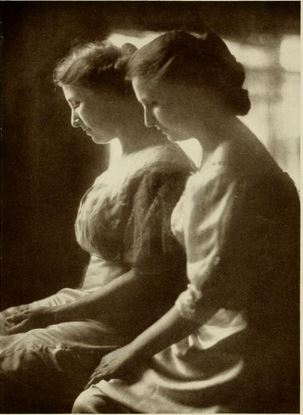
Mathew B. Brady was an American photographer, one of the earliest and most famous in American history. Best known for his scenes of the Civil War, he studied under inventor Samuel Morse, who pioneered the daguerreotype technique in America. Brady opened his own studio in New York City in 1844, and went on to photograph U.S. presidents John Quincy Adams, Abraham Lincoln, and Martin Van Buren, among other public figures.

The American Civil War was the most widely covered conflict of the 19th century. The images would provide posterity with a comprehensive visual record of the war and its leading figures, and make a powerful impression on the populace. Something not generally known by the public is the fact that roughly 70% of the war's documentary photography was captured by the twin lenses of a stereo camera. The American Civil War was the first war in history whose intimate reality would be brought home to the public, not only in newspaper depictions, album cards and cartes-de-visite, but in a popular new 3D format called a "stereograph," "stereocard" or "stereoview." Millions of these cards were produced and purchased by a public eager to experience the nature of warfare in a whole new way.

George Washington Wilson was a pioneering Scottish photographer. In 1849, he began a career as a portrait miniaturist, switching to portrait photography in 1852. He received a contract to photograph the Royal Family, working for Queen Victoria and Prince Albert. He pioneered various techniques for outdoor photography and the mass production of photographic prints as he gradually began to largely do landscape photography in the 1860s. By 1864 he claimed to have sold over half a million copies.

The Louisville and Nashville Railroad, commonly called the L&N, was a Class I railroad that operated freight and passenger services in the southeast United States.

Henry Peach Robinson was an English pictorialist photographer best known for his pioneering combination printing - joining multiple negatives or prints to form a single image; an early example of photomontage. He joined vigorously in contemporary debates in the photographic press and associations about the legitimacy of 'art photography' and in particular the combining of separate images into one.

The carte de visite was a format of small photograph which was patented in Paris by photographer André Adolphe Eugène Disdéri in 1854, although first used by Louis Dodero.

Fratelli Alinari is one of the world's oldest photographic firms, founded in Florence, Italy in 1852. Its archives contain 5.5 million photographs, ranging from daguerreotypes to modern digital photos from around the world.

A photographic studio is often a business owned and represented by one or more photographers, possibly accompanied by assistants and pupils, who create and sell their own and sometimes others’ photographs.

Russell Werner Lee was an American photographer and photojournalist, best known for his work for the Farm Security Administration (FSA) during the Great Depression. His images documented the ethnography of various American classes and cultures.
Black Star, also known as Black Star Publishing Company, was started by refugees from Germany who had established photographic agencies there in the 1930s. Today it is a New York City-based photographic agency with offices in London and in White Plains, New York. It is known for photojournalism, corporate assignment photography and stock photography services worldwide. It is noted for its contribution to the history of photojournalism in the United States. It was the first privately owned picture agency in the United States, and introduced numerous new techniques in photography and illustrated journalism. The agency was closely identified with Henry Luce's magazines Life and Time.
Kate Seston Matthews was an American photographer who depicted tableaux vivants and scenes of everyday life in her community of Pewee Valley, Kentucky, at the turn of the 20th century.
Harold Corsini was an American photographer.

John Plumbe Jr. was a Welsh-born American entrepreneurial photographer, gallerist, publisher, and an early advocate of an American transcontinental railroad in the mid-19th century. He established a franchise of photography studios in the 1840s in the U.S., with additional branches in Paris and Liverpool. He created a lithographic process for reproducing photographic images, called the "plumbeotype."

James J. Williams (1853–1926) was an English-born photographer in the Kingdom of Hawaii. He worked for Menzies Dickson and then bought out Dickson's studio in 1882.
James Caufield and Frank W. Shook were American photographers who founded an eponymous photography studio in Louisville, Kentucky in 1903. Their firm focused on local Louisville scenes. It became the official photographer of the Kentucky Derby in 1924. The business was sold in 1960 and ceased operation in 1978.

Walter Ernest Stoneman was an English portrait photographer who is known for taking photographs for the National Portrait Gallery (NPG) in London.
Kinetic theTechnologyAgency is a software company based in Louisville, Kentucky. Kinetic provides The Globalizor™ translation management system (software). The company offers enterprise-level software. Kinetic theTechnologyAgency is located in Distillery Commons in Louisville, Kentucky.

Martin Edward Elkort was an American photographer, illustrator and writer known primarily for his street photography. Prints of his work are held and displayed by several prominent art museums in the United States. His photographs have regularly appeared in galleries and major publications. Early black and white photographs by Elkort feature the fabled Lower East Side in Manhattan, New York City, showing its ethnic diversity, myriad streets and cluttered alleys. The Coney Island amusement park in Brooklyn was another favorite site during that period. His later work depicts street scenes from downtown Los Angeles and Tijuana, Mexico. Throughout Martin Elkort's long career as a photographer, he always showed the positive, joyful side of life in his candid images.

Ethel Standiford-Mehling was an American artist and photographer.

Emme Gerhard (1872–1946) and Mayme Gerhard (1876–1955), the Gerhard Sisters, were among the first women photographers to establish a studio in St. Louis, Missouri, in 1903. At the time newspapers and magazines rarely hired women as staff photographers to capture late breaking news.















